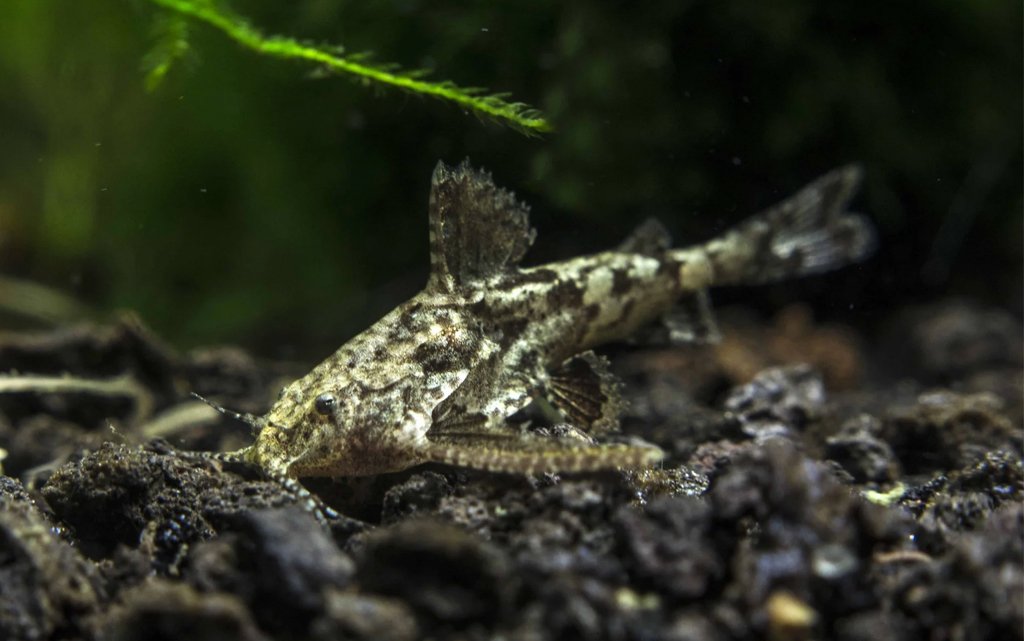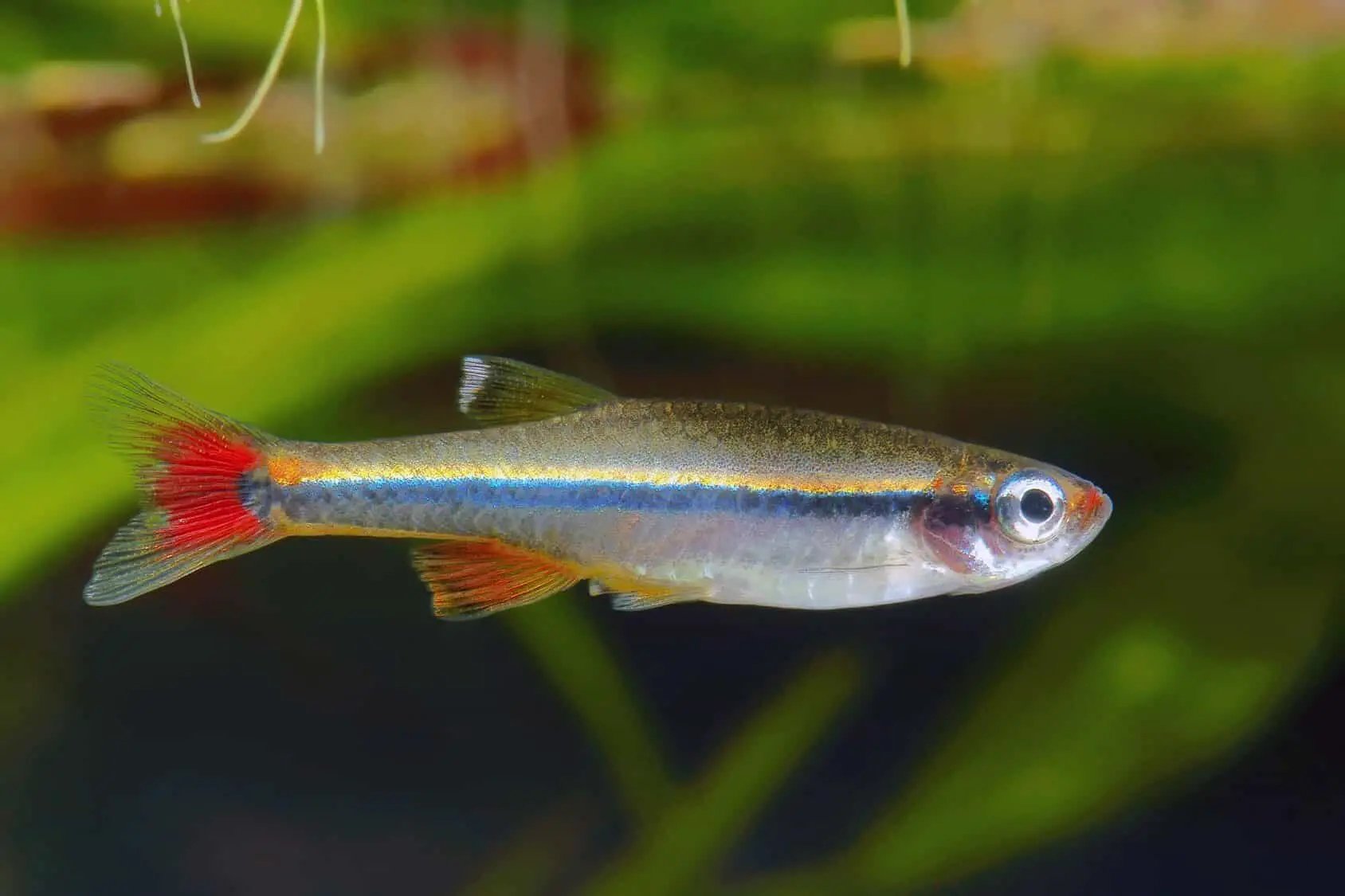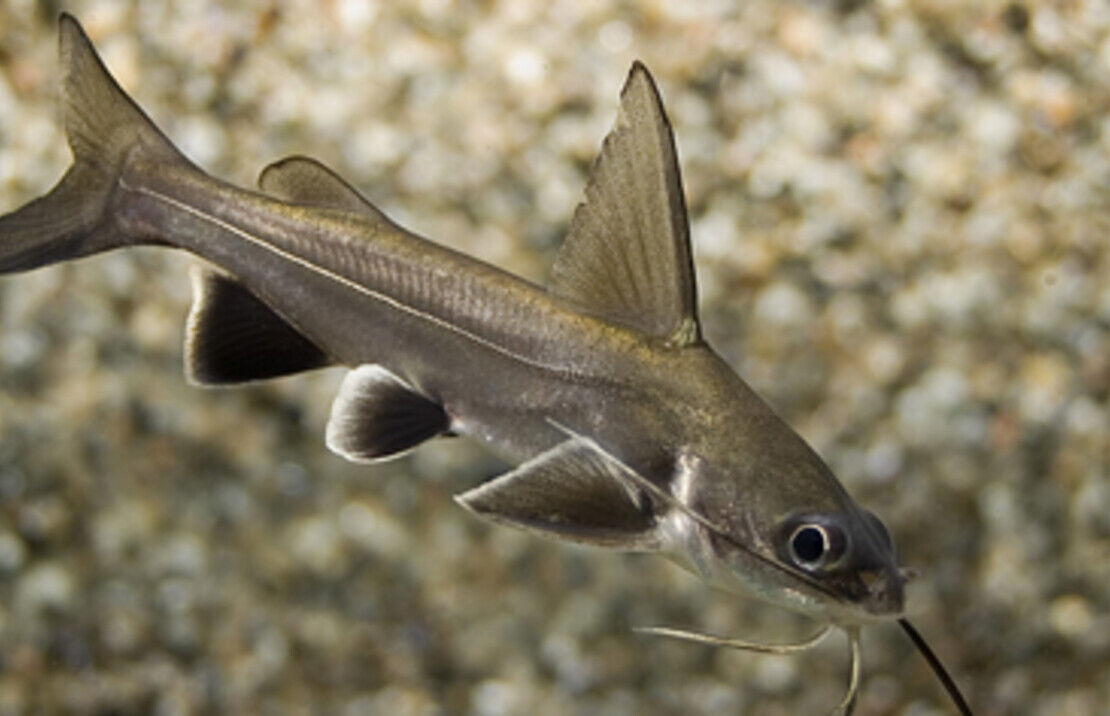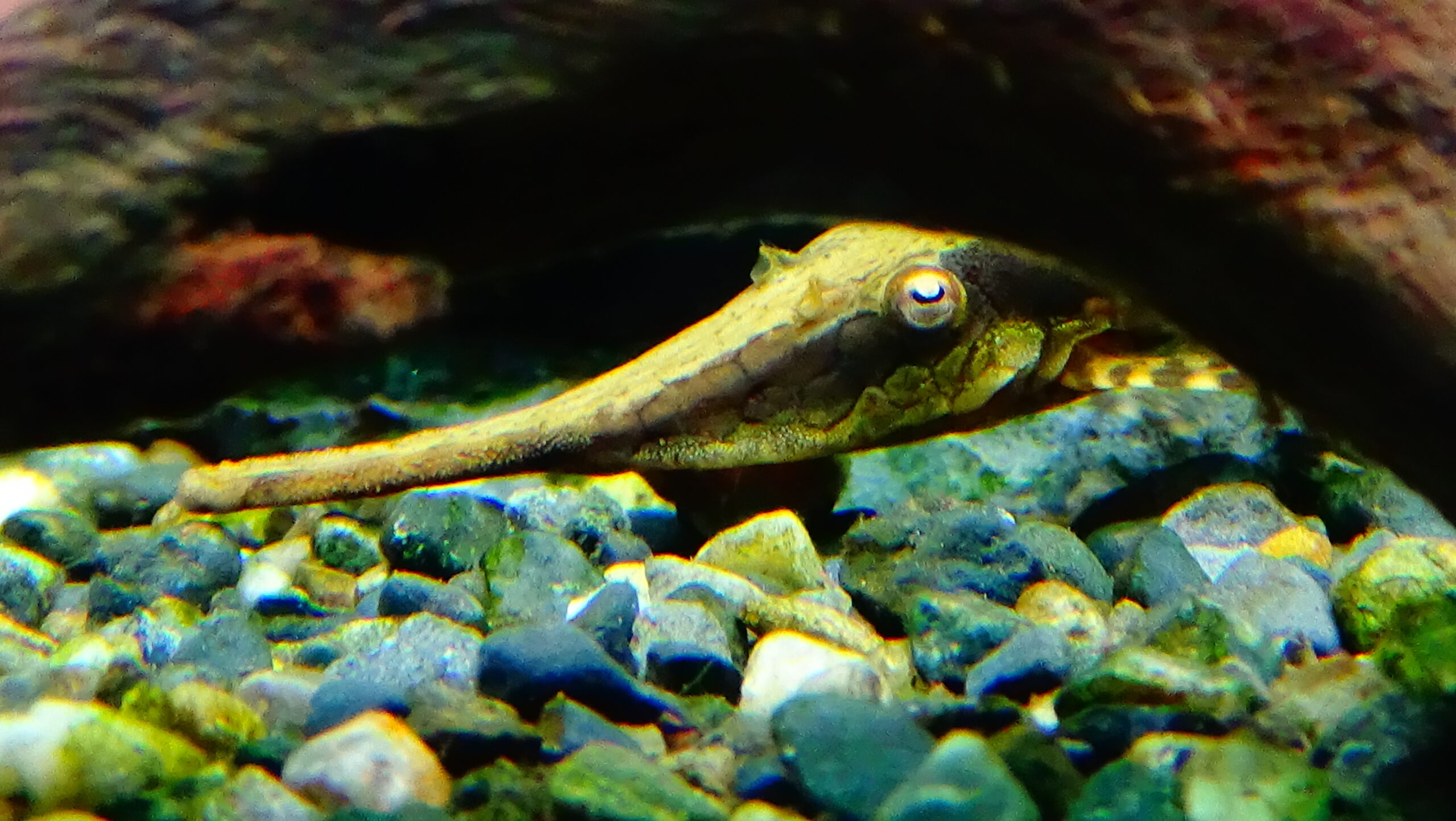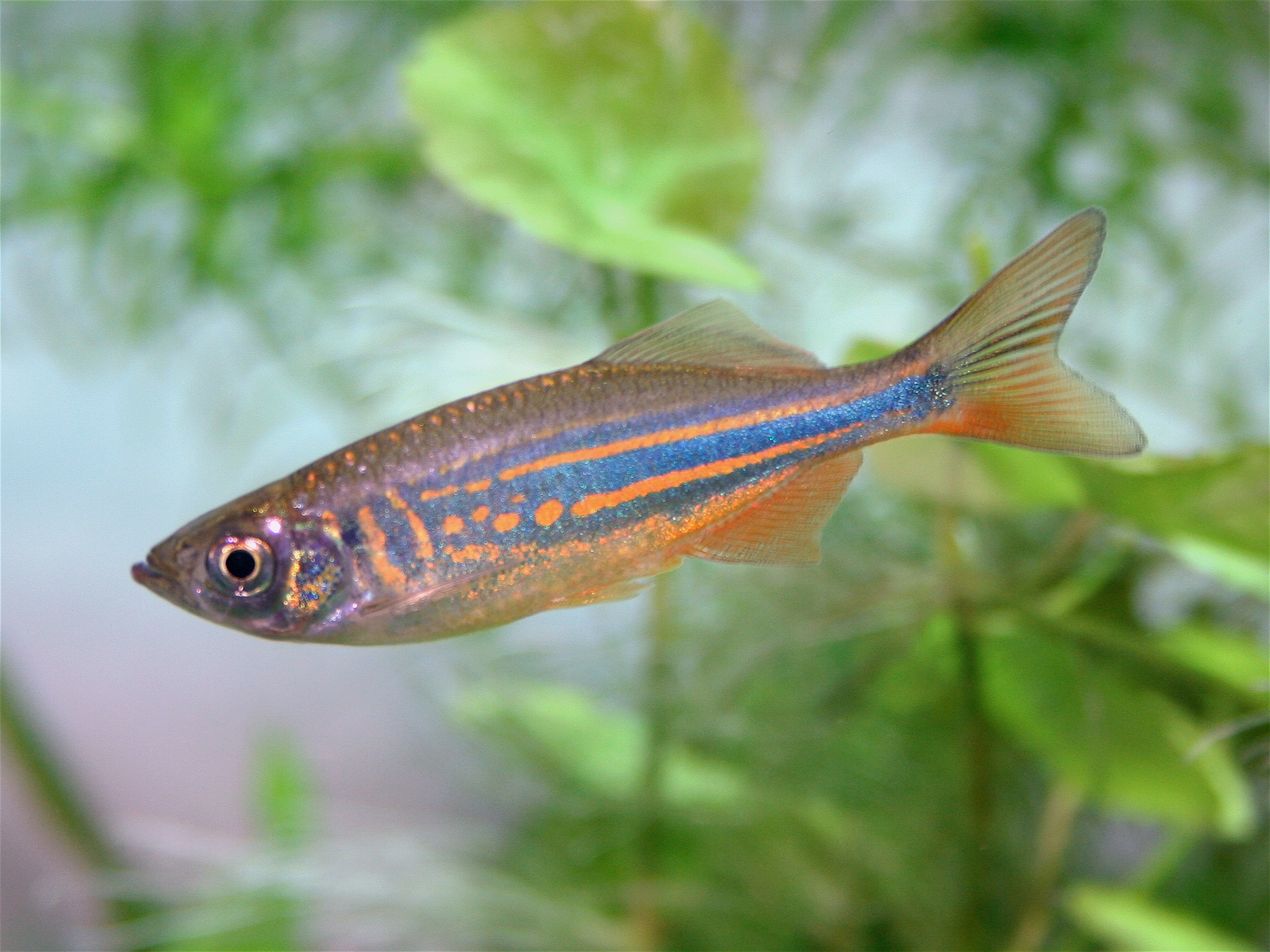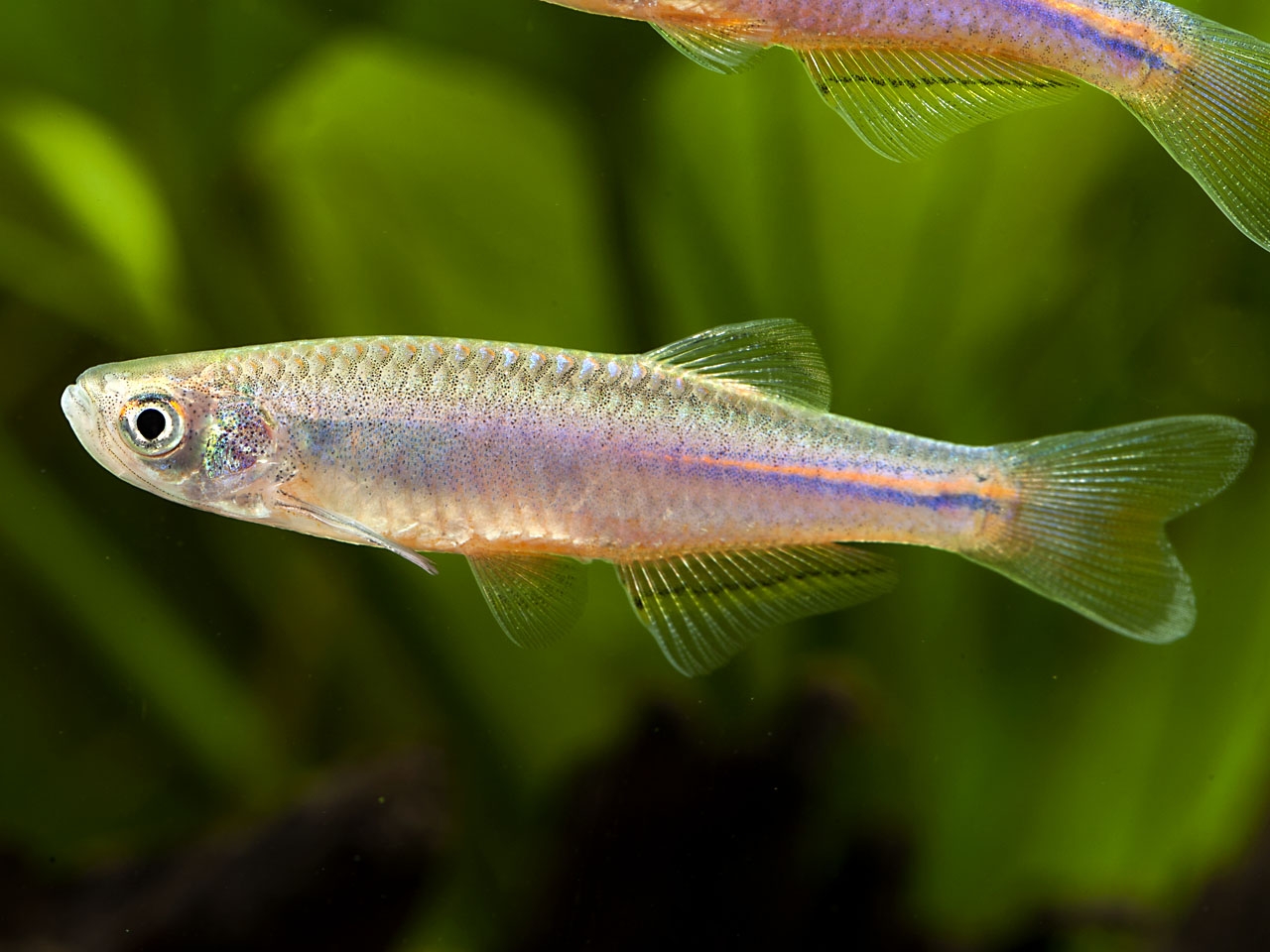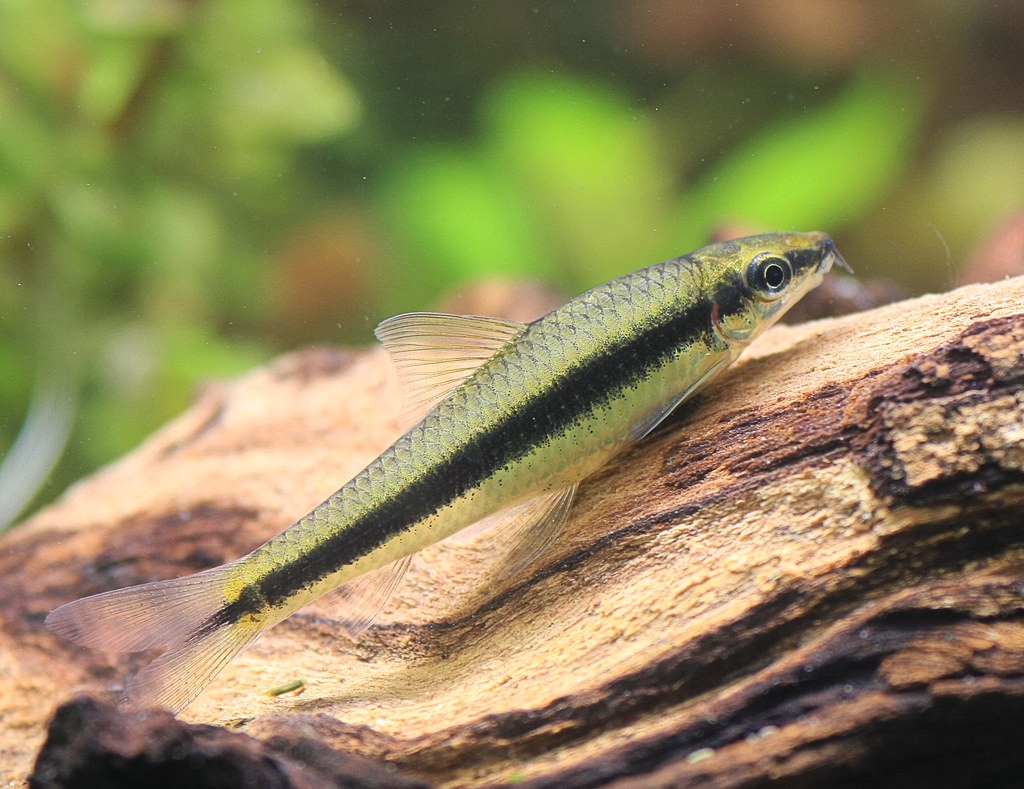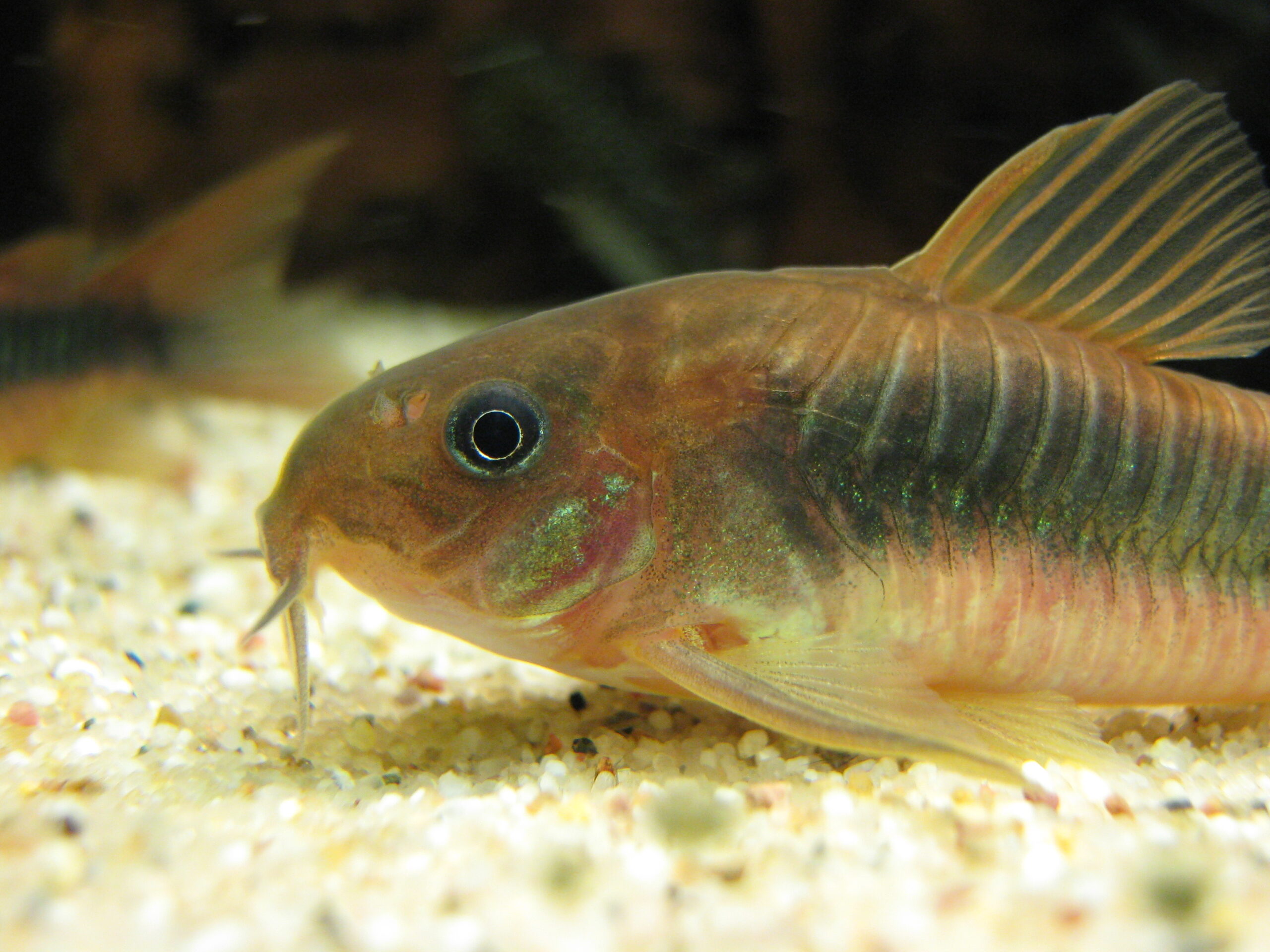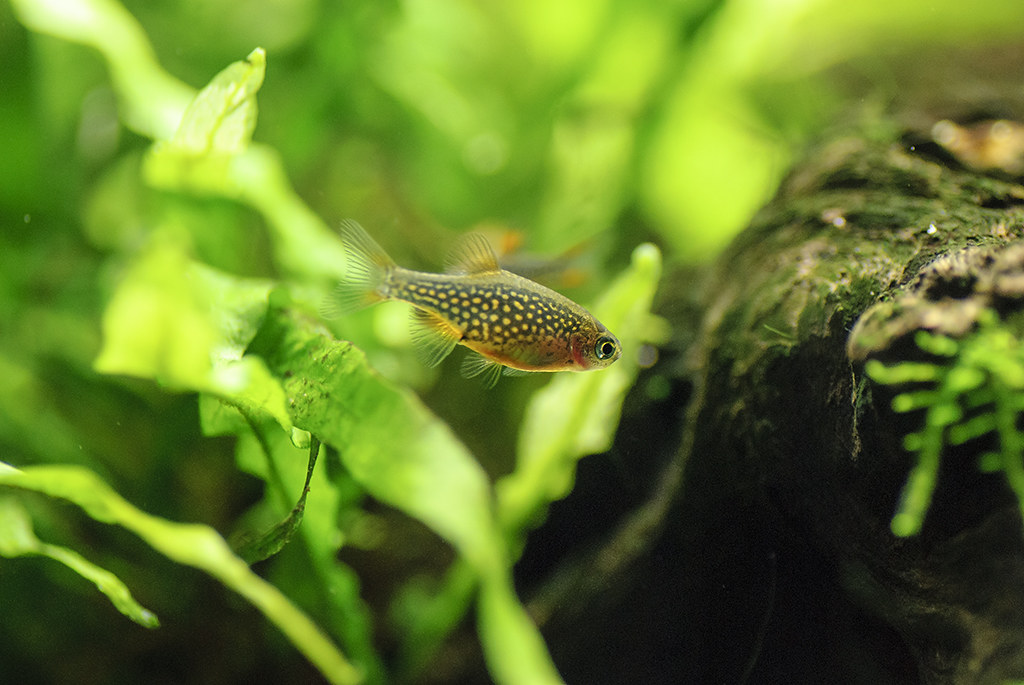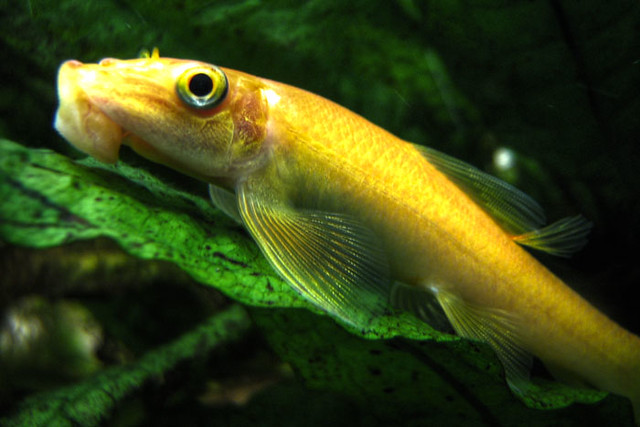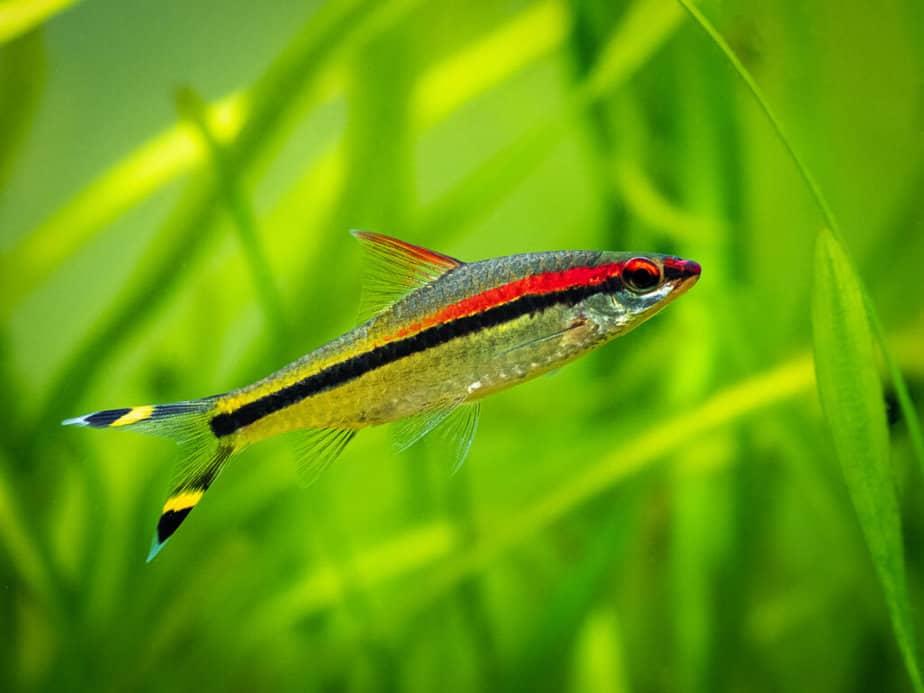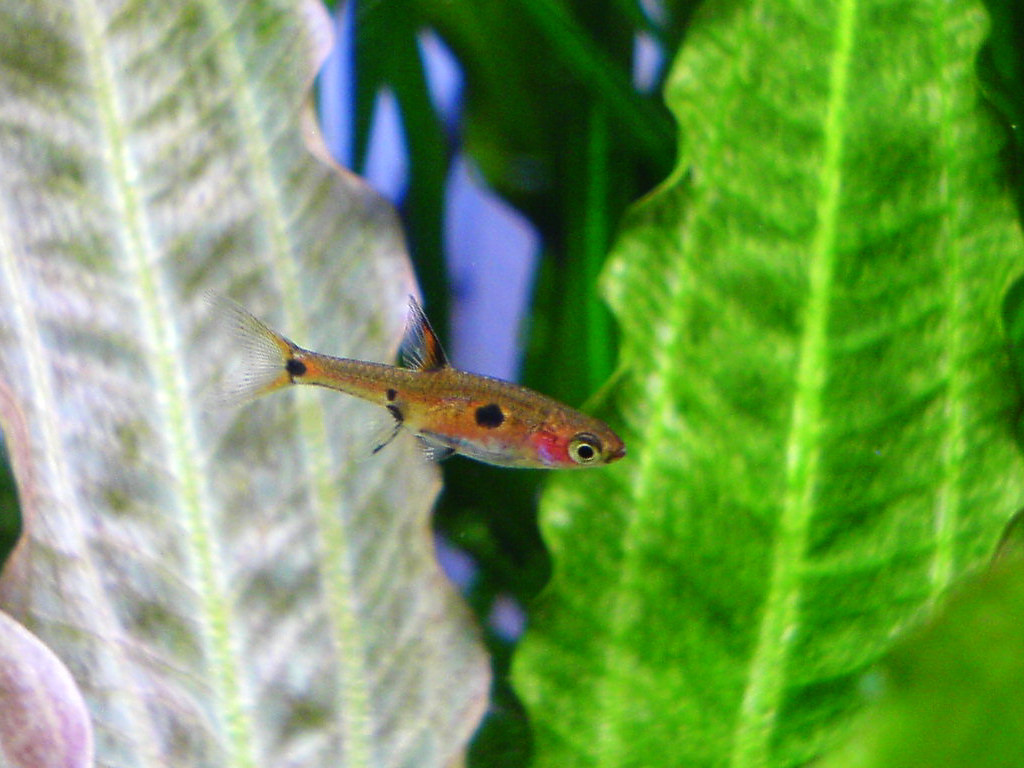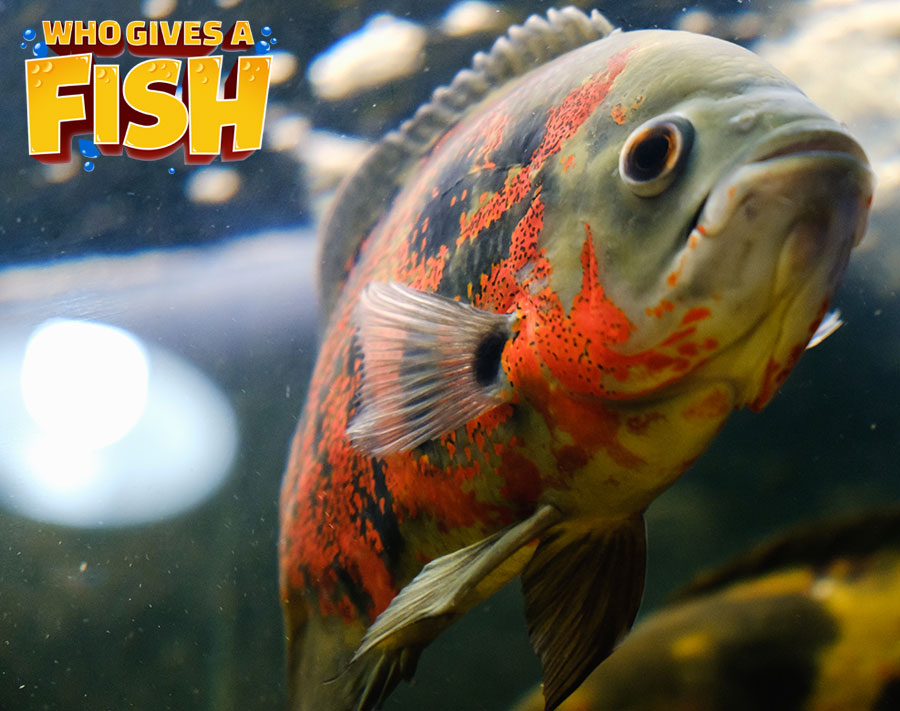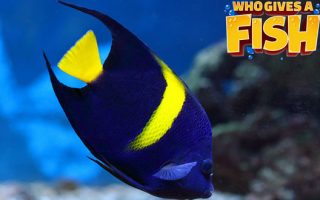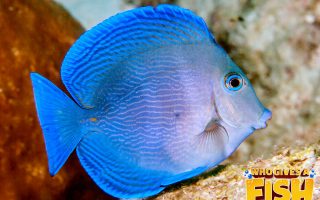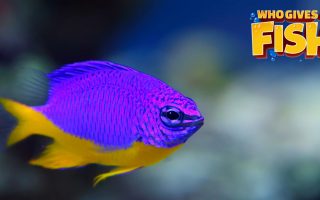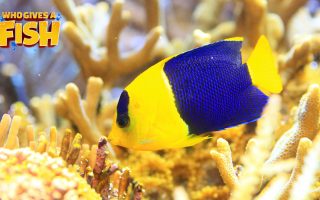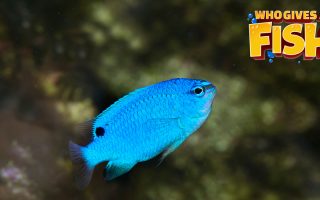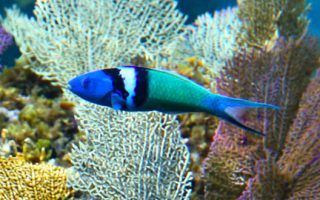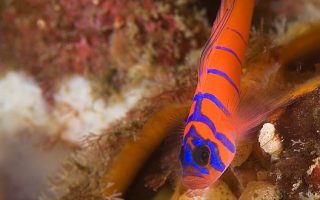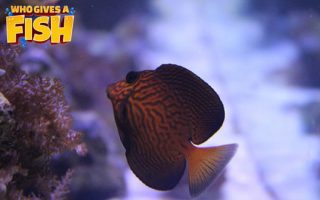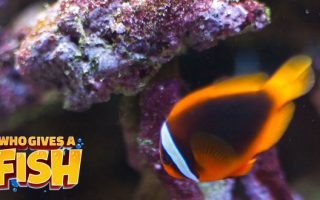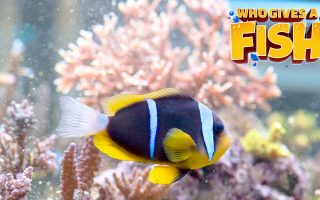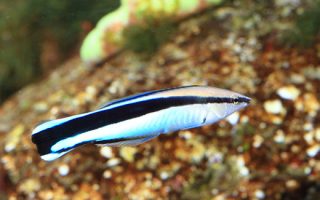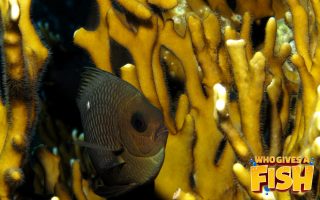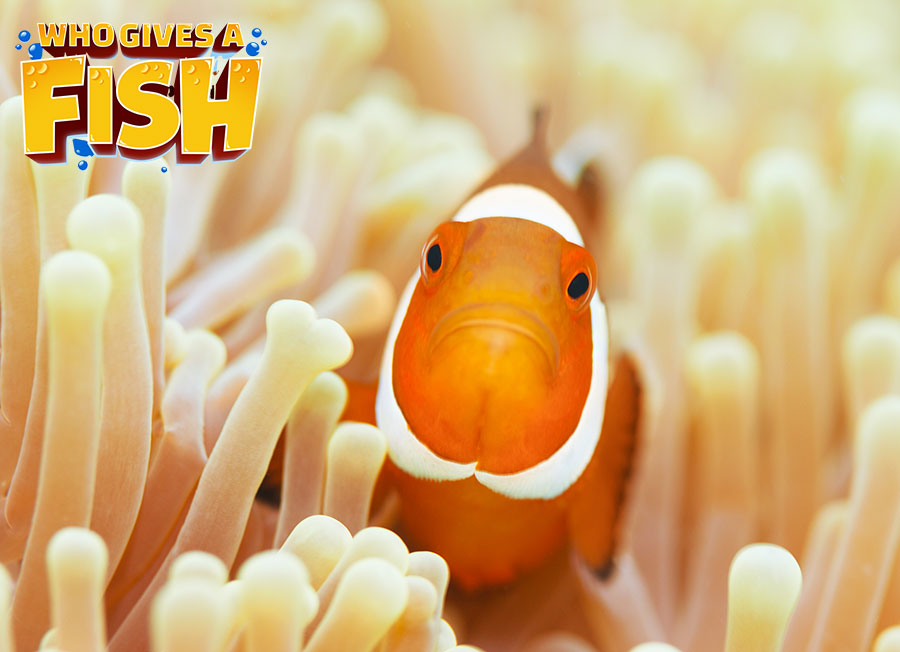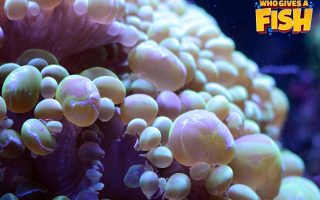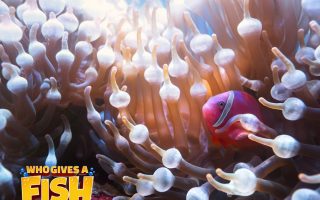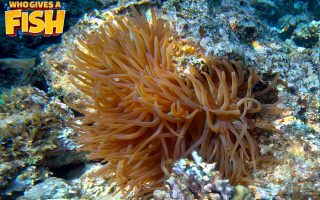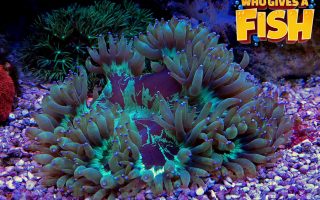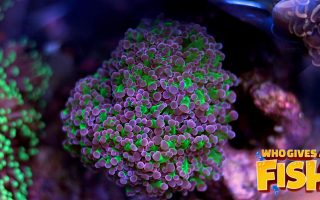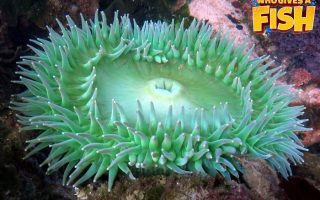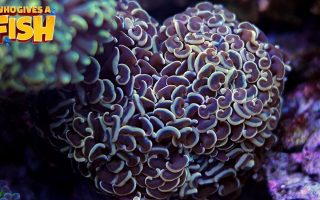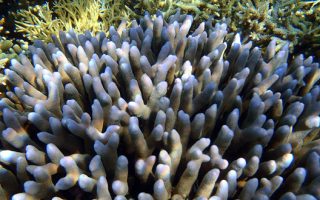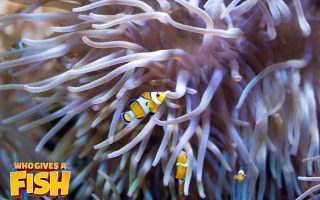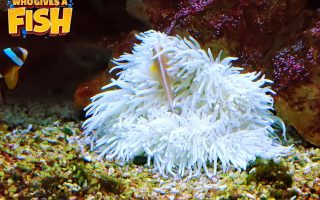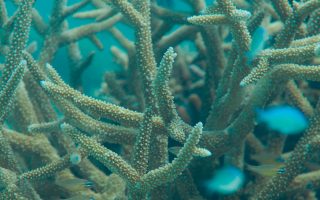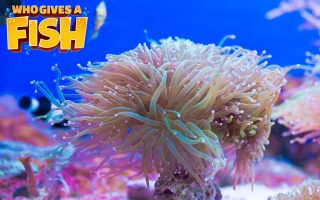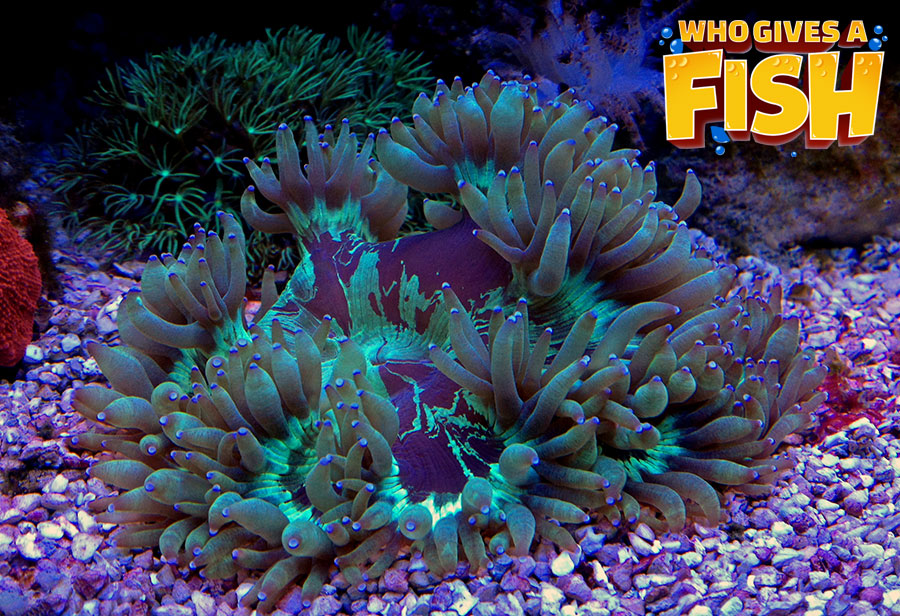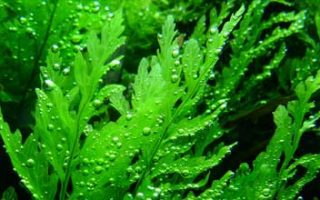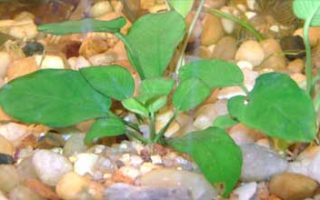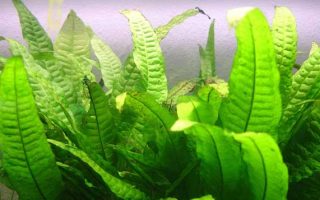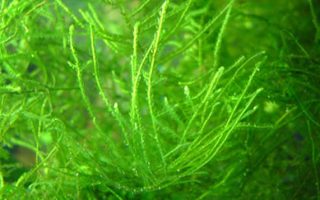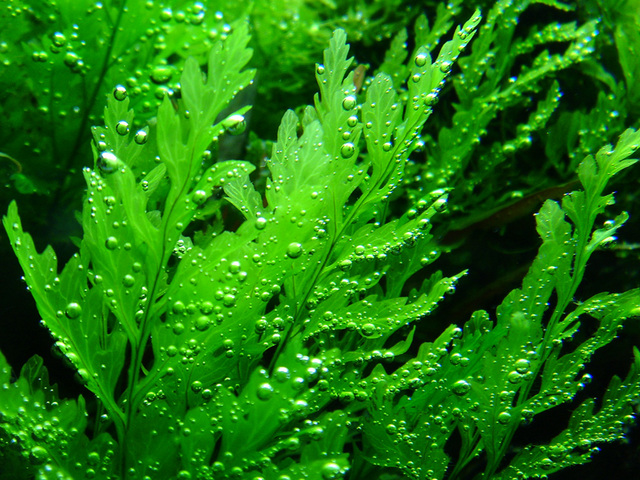Welcome, Aquarists!
Who Gives A Fish is the home for marine and freshwater tank hobbyists. Please search for or browse for the species you are looking for. We list all required metrics for correct aquarium and pond setups for each species.
Freshwater Fish
The Asian Stone Catfish, Hara jerdoni, also known as the Dwarf Stone Catfish, is a small freshwater fish native to the slow-moving waters of India and Bangladesh.
Boasting an appealing look, these fish are simple to look after and do not necessitate extensive equipment for upkeep.
Resembling a pocket-sized marine shark, the enticing figure of the Columbian Shark, Ariopsis seemanni, or Tete Sea catfish, is often mislabeled.
Belonging to a famous group of aquarium fish, the Longnose Twig Catfish – Farlowella acus, or Farlowella, is known for its unique ability to blend in with its environment.
The Giant Danio – Devario aequipinnatus, is a member of the Cyprinidae family and is a perfect addition to an aquarium full of large fish such as Cichlids.
The Pearl Danio – Danio albolineatus, is a stunning, vibrant fish that rookie aquarists will find fitting for their setup.
A popular freshwater fish, the Siamese algae eater – crossocheilus oblongus, is a household name for its knack for consuming algae.
Bronze Corydoras, corydoras aeneus, are amongst the best-loved bottom dwellers that you can introduce to your community aquarium.
The breathtaking allure of the Celestial Pearl Danio – Danio margaritatus, also familiar as Galaxy Rasbora, swept across the internet over a decade ago through a single photograph.
Though lacking the vibrant colors of other fish, the Chinese Algae Eater – Gyrinocheilus aymonieri, is a hardworking addition to an aquarist’s collection.
Denison Barb – Sahyadria denisonii, or Denison’s barb, is also known by other names such as Miss Kerala, Red-Line Torpedo Barb, or Roseline Shark.
Lively with a distinctive glimmer, the Dwarf Rasbora – Boraras maculatus is an ideal selection for novice fish enthusiasts interested in maintaining smaller aquariums.
View all Freshwater Fish
Saltwater Fish
The Arabian Angelfish, Pomacanthus asfur, is extremely gorgeous, as both a young fish and as an adult fish.
The Atlantic Blue Tang Surgeonfish, Acanthurus coeruleus is a stunning tang originating in the Atlantic Ocean. It is a deep-bodied fish that is known to grow fairly large.
Chrysiptera hemicyanea, or the Azure Damselfish is known for its beauty. A small hardy fish that won’t grow any bigger than 2 ¾ inches or 7cms long.
The Bicolor Angelfish, Centropyge bicolor, is one of the most recognizable fish. The deep royal blue on its back half, contrasts nicely with the bright yellow front half, giving it a stunning coloration.
The Blue Damselfish, Chrysiptera cyanea, is easily one of the most popular fish among saltwater marine hobbyists.
The Bluehead Wrasse is a very energetic fish and does well with being fed frequently during the day to help maintain these high energy levels.
The Catalina Goby is considered one of the most beautiful gobies and rightly so. Its beautiful bright red body and striking blue mask are stunning.
The Chevron Tang, are also called “Comb tooth” or “Bristle tooth” tangs which pertain to their feeding temperament.
The mature Cinnamon Clownfish, Amphiprion melanopus, looks as though it has been dipped in spice. A majority will be dull reddish brown or red with black on the fins and body.
The Clarkii Clownfish Amphiprion clarkii is a boldly fashioned, rugged fish that makes a fine accessory to almost any saltwater aquarium.
The Common Cleaner Wrasse and the Bluestreak Cleaner Wrasse are the two most often wrasses refered to.
The Domino Damsel, Dascyllus trimaculatus, is well known for being one of the most dashing Damselfish as a juvenile.
View all Saltwater Fish
Saltwater Corals
The Bubble Coral, Plerogyra sinuosa, is a coral easily found and regularly seen in the aquarium trade. The Plerogyra spp. or “Grape Corals” will inflate and deflate their bubbles (vesicles) depending on how much lighting is available to them.
The Bubble Tip Anemone, Entacmaea quadricolor, is without a doubt one of the most popular anemones in the home aquarium.
The Condy Anemone, Condylactis gigantean, is also known as the Giant Golden anemone and are a commonly available anemone.
Catalaphyllia jardinei, better known as the Elegance Coral, has traditionally been one of the more popular corals in the home aquarium.
Euphyllia divisa, better known as the Frogspawn Coral is without a doubt one of the most popular corals among marine hobbyists.
The Giant Green Anemone, Anthopleura xanthogrammica, is rated by hobbyists as being one of the most stunning and attractive of all anemones.
Euphyllia fimbriata, the Hammer Coral, is a beautiful LPS coral, one that is a big favorite of marine hobbyists.
The Horn Coral, Hydnophora rigida, is a lovely little coral. Is has a natural green and brown color and an unfortunate yellow when it has insufficient lighting.
The Long Tentacle Anemone, Macrodactyla doreensis, is also known as the Corkscrew Anemone. It’s a very nice, large growing anemone with the ability to reach up to 19” (48 cm).
The Heteractis crispa, better known as the Sebae Anemone, have tentacles that are generally found as a greenish, violet, mauve or whitish color.
With almost 400 species found in the Acropora species, there is only 3 found in the Atlantic Ocean. The Staghorn Coral, Acropora Cervicornis is one of those 3.
The Torch coral, E.glabrescens is a beautiful coral that really stands out when compared to other specimens in the Euphyllia spp.
View all Saltwater Corals
Freshwater Plants
The African Water Fern, Bolbitis Heudelotii, is a hardy and robust aquatic fern typically found in the bogs and streams of Africa. It is also sometimes called the Congo Fern as it can be found along the Congo River Basin.
The most popular plant in the entire aquarium hobby could very well be the Anubias nana. This is because the plant can be cared for easily and is very hardy. The plant is sometimes called the Dwarf Anubias or the Nana plant.
Java Ferns, Microsorum Pteropus, is an aquatic fern originating in South East Asia. There are a lot of different variations of the Java fern, with a wide range of plant and leaf shapes.
Java Moss comes from areas of Southeast Asia, including; Java, Japan, the Philippines, Malaysia, Vietnam, Singapore, and the Islands of the East Indian archipelago.


